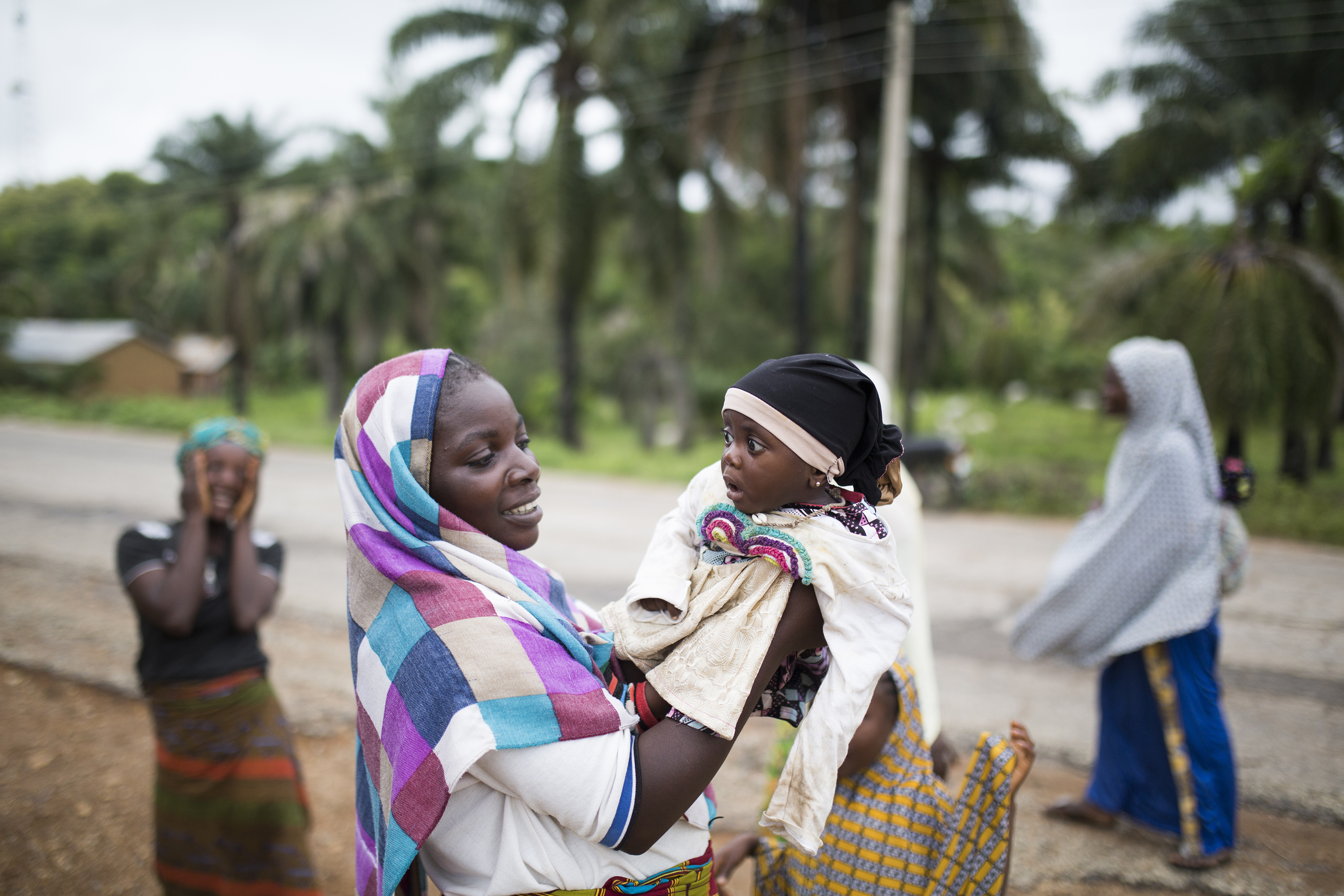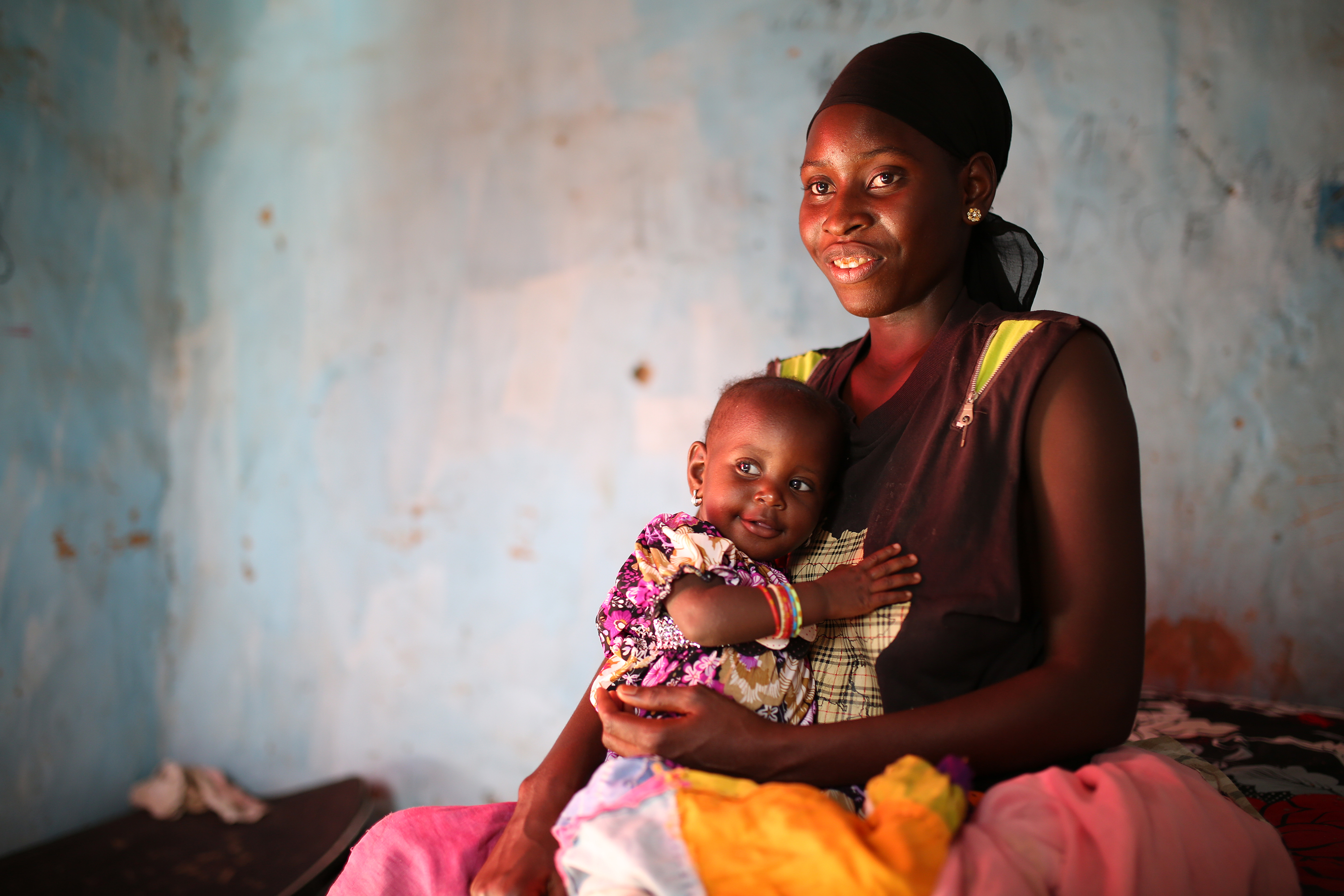By placing women at the center of our efforts, we can transform health and development in countries
This piece was originally written for Women Deliver
The 5 million mothers, newborns and children who die each year from preventable causes are a stark reminder of persistent inequality in access to quality health services and unrealized human capital, and should be a call to action for leaders around the world.
The fact that women bear a disproportionate share of this unfinished agenda is a reminder that solving health and nutrition inequities means confronting the complexity of social and gender determinants of health and nutrition and to think differently about how we accelerate progress.
Take one example: women’s nutritional status is impossible to disentangle from household power dynamics that govern access to food and resources, from women’s access to formal education, and even the ability of women and girls to participate fully in market economies. Women’s nutritional status, in turn, influences the nutrition, health and wellbeing of the next generation from pregnancy to birth through early years and adolescence and beyond—throughout the lifecycle.
In fact, for every challenge we face in improving health and development outcomes we should follow one overarching principle: placing women at the center—both as recipients and as producers of care.
That principle is at the heart of the organization I lead, the Global Financing Facility (GFF), which was founded in 2015 to help governments in countries where almost all of the 5 million preventable deaths occur, to transform how they invest in and finance the health and nutrition of women, children and adolescents.
The GFF is a catalyst for health and nutrition. Our job is to work with governments and their partners to identify high-impact, but underinvested areas that are holding so many women back – like sexual and reproductive health and rights, maternal and newborn quality care, and nutrition. Critically, the GFF is country-led, supporting governments to develop a strong investment case that is designed to meet local needs and focus on neglected interventions, population groups and geographic areas.

Families at the Nasarawa State Government Health Care Centre in Wamba, Nigreia on June 26, 2018. Photo © Dominic Chavez/GFF
Achieving a step change in healthcare often means rethinking the way health systems work: how issues are prioritized, how spending is administered, how performance is monitored and improved. In my career spanning more than 35 years, among the most successful models and health systems were those that focused first and foremost on meeting the needs of vulnerable populations, mostly women and girls, and those programs that held themselves accountable for delivering results.
We must reconsider how existing resources for health and nutrition are prioritized and spent. It means pursuing new sources of financing to grow the overall investment in women and girls across sectors. Achieving this growth in financing requires that we draw on the best that the public and private sectors can bring, and to tap into new, innovative sources of finance for health and development: domestic, public and private.

A portrait of Ndeye Ngom and her daughter Shady Kaye in her home in Ndienne, Senegal on July 11, 2016. Photo © Dominic Chavez/World Bank
The GFF uses several instruments that leverage domestic resources, align complementary financing, draw in private capital and link to World Bank financing for countries to increase scaled and sustainable investments in the health and nutrition of women, children and adolescents with a focus on equity and results. Examples of the GFF’s financing instruments include co-financing, purchasing for performance, and domestic resource mobilization in countries as in Nigeria, loan buy-downs in countries as in Guatemala, and blended finance investments that improve access to finance for private sector providers delivering health and nutrition services and products.
The private sector is a key partner for the GFF, whether in the innovative financing arena where nearly CAD 1 billion was raised from private investors earlier this year through a Sustainable Development Bond series with attention to women and children, or by drawing on private expertise for development challenges—like improving supply chains—in GFF countries.
Mobilizing private financing at this scale to complement government and donor resources allows countries to make sustainable investments to improve outcomes – for example integrating services like cervical cancer screening and family planning into essential health service packages delivered at primary and community health levels. It provides countries with the opportunity to develop more gender sensitive schools, by improving, for example, sanitation facilities and hygiene in schools to reduce drop-outs and keep girls in secondary schools, reducing early marriage and pregnancy and improving their learning outcomes. It can create opportunities for the private sector to deploy blended finance investments in support of country priorities, including iron and micronutrient fortification of foods that help combat chronic anaemia and improve maternal and population nutritional outcomes.
The GFF is committed to a health and development approach that places women and girls at the center and creates new and innovative financing partnerships to accelerate progress. We are on the cusp of a transformative change in global health programming and financing with no women or girls left behind. We can see the horizon in the distance, and it’s one where all women and girls survive, thrive and prosper in countries with endless opportunities.